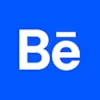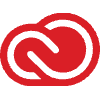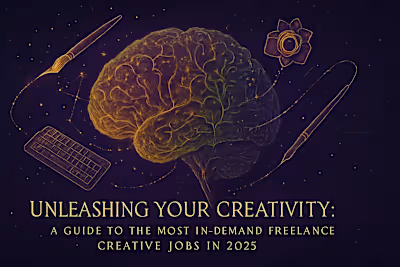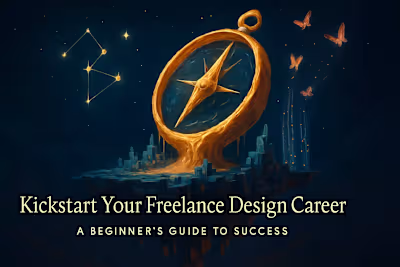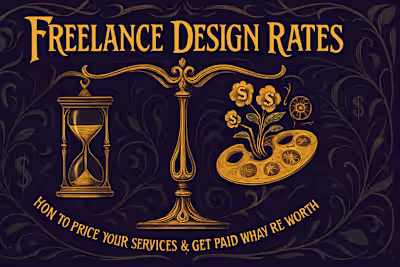Landing Your Dream Gig: Proven Strategies for Finding Freelance Creative Jobs

Landing Your Dream Gig: Proven Strategies for Finding Freelance Creative Jobs
Preparing for Your Job Search
Crafting a Standout Portfolio
Defining Your Ideal Client and Project
Setting Your Rates Strategically
Effective Channels for Finding Freelance Creative Jobs
Leveraging Freelance Marketplaces (like Contra)
Networking: Online and Offline
Direct Outreach and Cold Pitching
Job Boards and Niche Communities
Referrals and Word-of-Mouth
Mastering the Application and Pitching Process
Tailoring Your Application to Each Opportunity
Showcasing Your Value Proposition
Following Up Professionally
Building Your Online Presence and Personal Brand
Optimizing Your Social Media Profiles (LinkedIn, etc.)
Content Creation (Blogging, Sharing Expertise)
Collecting and Showcasing Testimonials
Conclusion
References
Landing Your Dream Gig: Proven Strategies for Finding Freelance Creative Jobs
Preparing for Your Job Search
Crafting a Standout Portfolio
Defining Your Ideal Client and Project
Setting Your Rates Strategically
Effective Channels for Finding Freelance Creative Jobs
Leveraging Freelance Marketplaces (like Contra)
Networking: Online and Offline
Direct Outreach and Cold Pitching
Job Boards and Niche Communities
Referrals and Word-of-Mouth
Mastering the Application and Pitching Process
Tailoring Your Application to Each Opportunity
Showcasing Your Value Proposition
Following Up Professionally
Building Your Online Presence and Personal Brand
Optimizing Your Social Media Profiles (LinkedIn, etc.)
Content Creation (Blogging, Sharing Expertise)
Collecting and Showcasing Testimonials
Conclusion
References
Posted Jun 11, 2025
Learn how to find freelance creative jobs with these proven strategies. Discover effective job searching techniques, networking tips, and how to leverage your portfolio.


